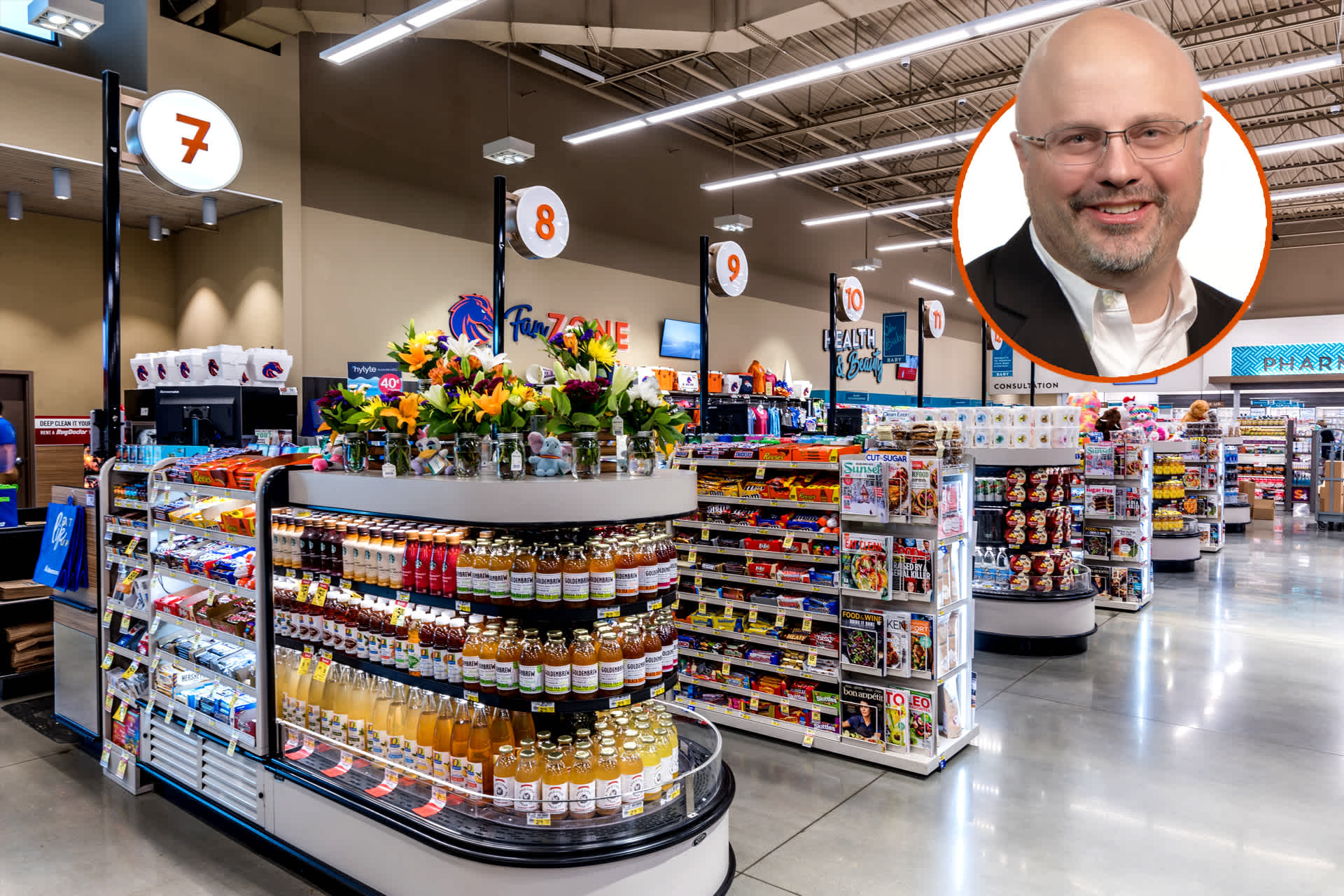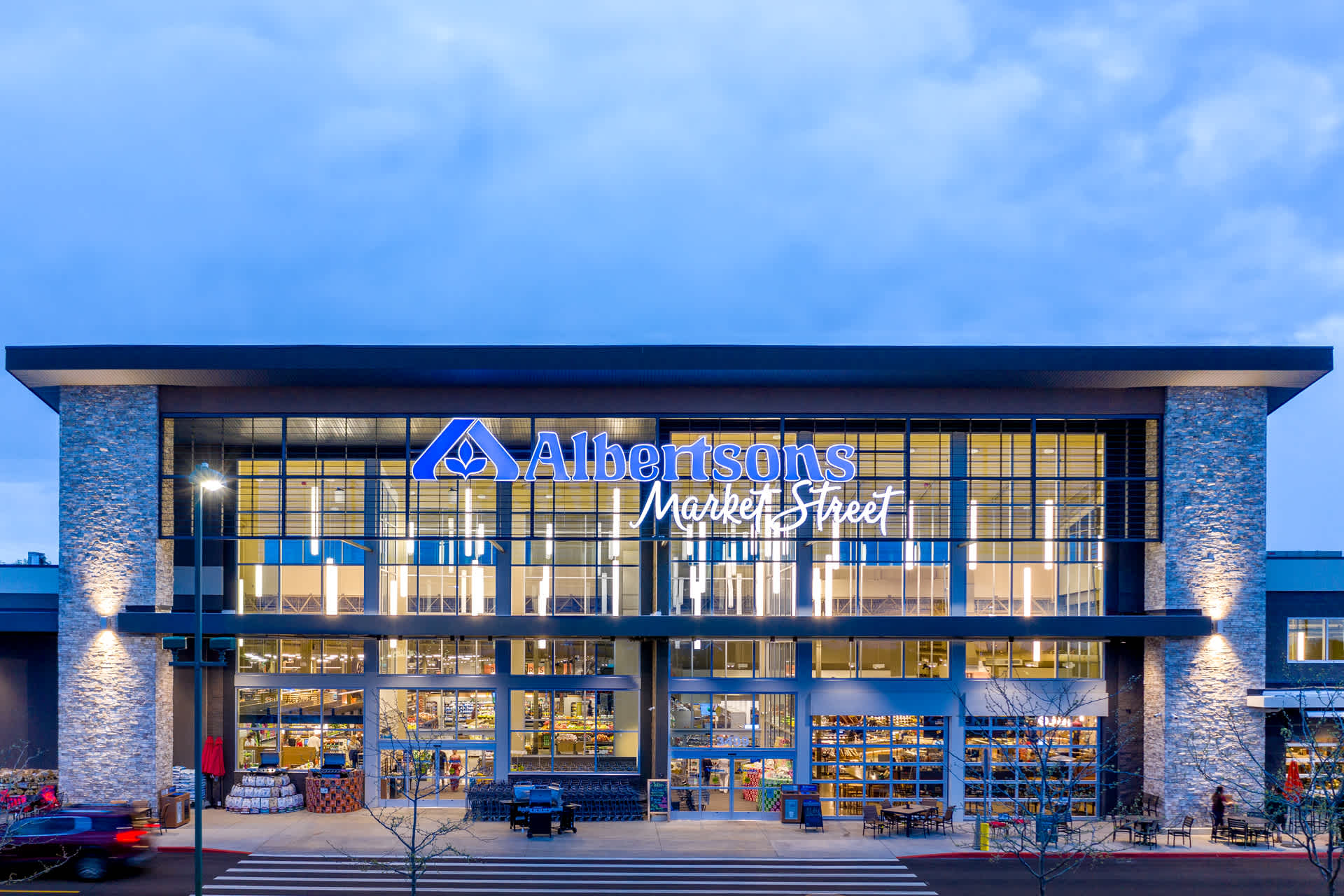What’s on the Shelf?

Brian Winters has held many positions at Albertsons, a large grocery company with more than 2,000 stores, including Safeway, Kings, and Shaw’s. He started as a grocery bagger, thinking his time in the business would be temporary. But he soon realized he could have an exciting and long-lasting career in the grocery industry.
“Everybody needs food,” he told Your Hot Job. “So it was one of those careers that I thought I could continue to grow in, and it turned out to be. I’ve been with the company 36 years.”
Winters moved from bagger to assistant manager and later to district manager. In 2008, he was offered a position in merchandising as a buyer. This meant he would help decide what items were sold in stores.
At a large company like Albertsons, buyers are often responsible for the products in a specific section of the store. In his first role as a buyer, Winters was in charge of the toy and candy sections.

He was then promoted to the beverage and snack section. Later, he oversaw all products in Albertsons convenience stores. In that role, he was responsible for making sure all the fun snacks that customers like to have on road trips were available. He was also in charge of basic supplies, like toilet paper. “I was the toilet paper king during the pandemic,” Winters says.
It was hard to secure supplies like toilet paper during the pandemic, when the supply chain was backed up. But Winters’s hard work paid off. After the pandemic, he was promoted again. He’s now a national category director for instant consumption, meaning he’s responsible for products you can eat, drink, or use right away.
Today, everything in the beverage, cookie, and snack aisles and all the items you see when you’re waiting in line at an Albertsons store are products that Winters helped put there. He works with large companies, like Pepsi or Coca-Cola, as well as with small brands that are just starting out. That way, customers can choose from a mix of flavors and brands.
When Winters decides to sell a new product, he often starts by offering it in a limited number of stores or in a particular region. Then he might choose to expand to more stores. He monitors how these products sell. He also visits stores to see consumers’ reactions.
“It’s pretty exciting to be able to engage with our customers and then find those items that they were looking for,” he says. “I always like to say, ‘Surprise and delight them.’”
Winters is constantly looking for new products—and inspiration can come from anywhere. Employees from all departments are welcome to pitch him new ideas. “My door is always open,” he says. His teenage children have introduced him to products that are trending on social media. And he regularly goes to food-industry shows where grocery buyers can sample products from companies of all sizes.
Sometimes, brand executives come to his Boise, Idaho, office to show him new products. At other times, Winters hears from people with far less experience: Recently, an 11-year-old entrepreneur pitched him a beverage he’d created.
“Getting to see things like that,” Winters says, “those are things that excite me, because that’s the future for us.”

